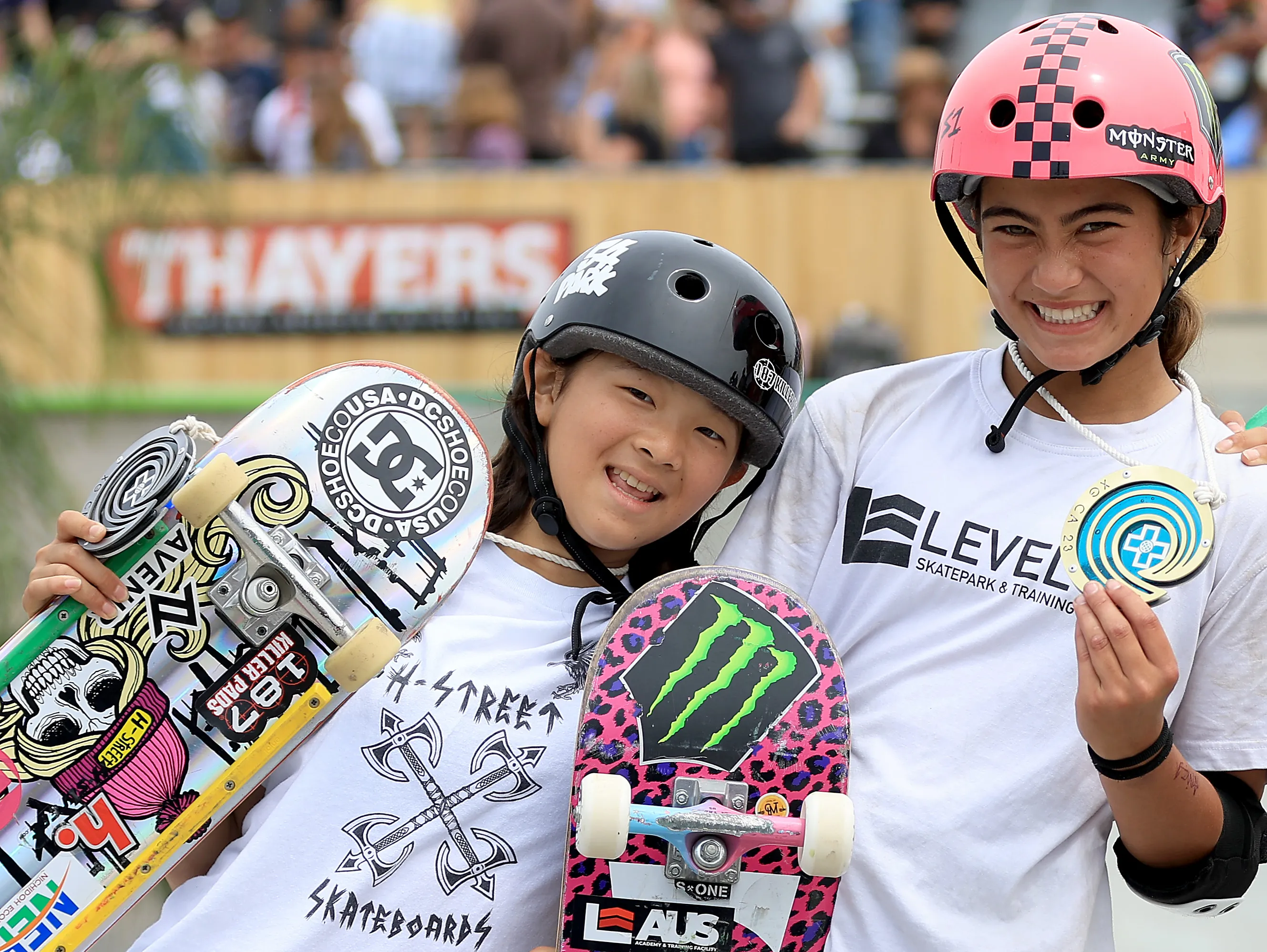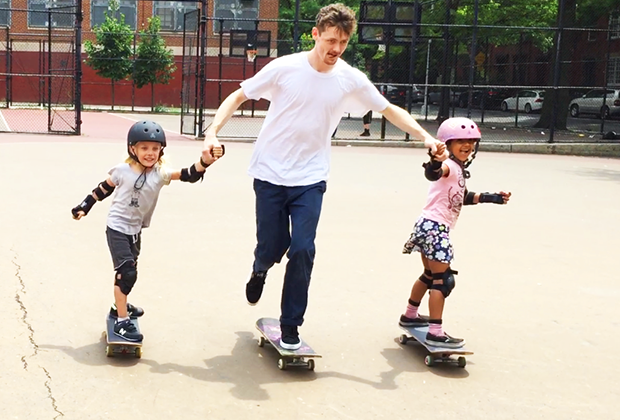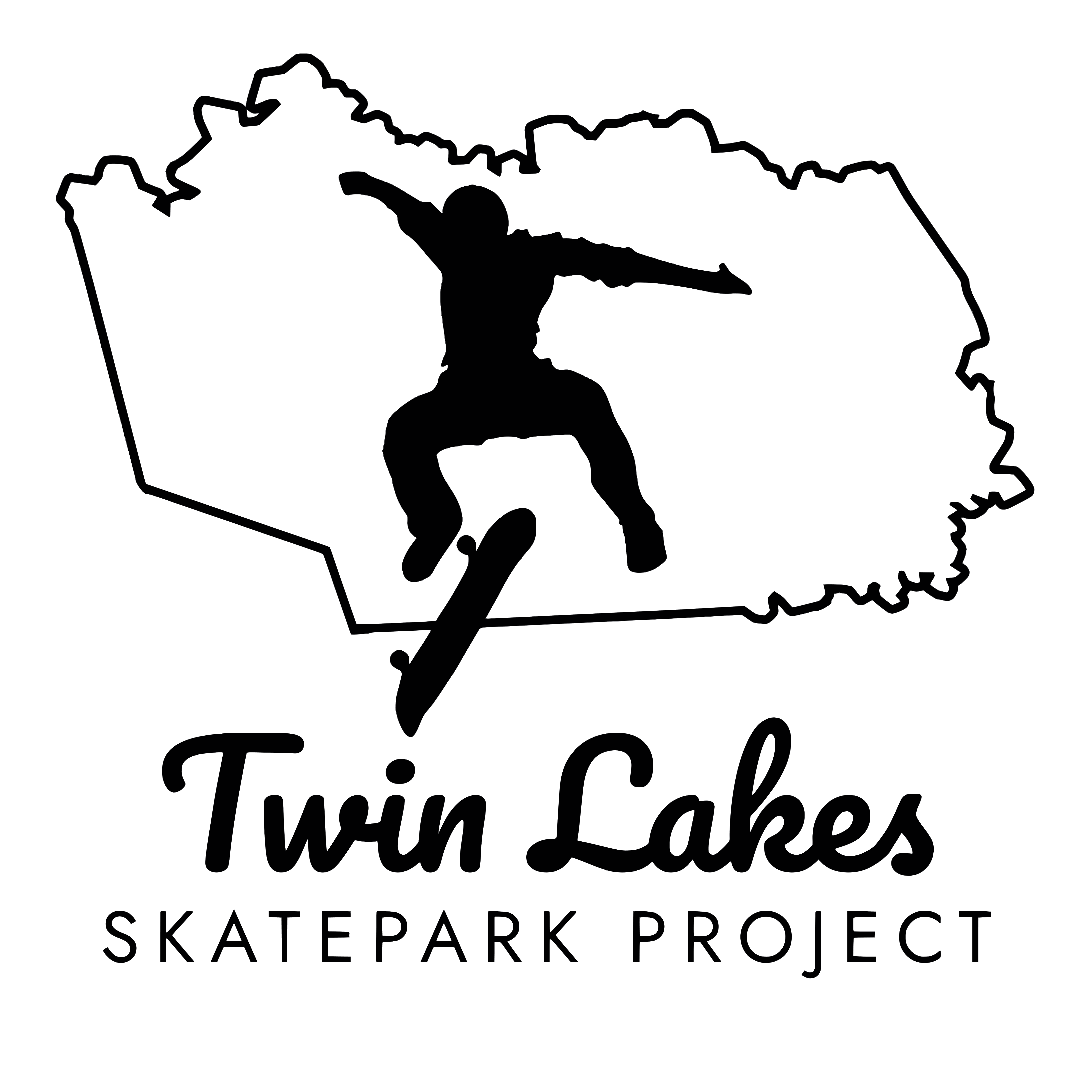Skateparks: The Facts
Skateparks have transcended their old stereotypes, becoming vital community hubs that promote health, safety, and economic growth.
Skateboarding is the 3rd most commonly reported interest among high-schoolers in the US (Aspen National Student Survey, 2021).

There are 8.8 million skateboarders in the US, up 34% from 2019. This does not account for the many other
skatepark users: BMX riders, roller/quad skaters, inline skaters, Wheelchair Motocross riders (WCMX), scooter
riders and more.

Scroll down to explore more info about how skateparks benefit individuals and communities, supported by comprehensive studies and expert analysis.
Health Benefits
- Issue: Lack of safe, structured spaces for physical activity contributes to sedentary lifestyles.
- Impact: Skateparks provide a dedicated space for exercise, improving cardiovascular health and promoting active lifestyles among youth and adults.
Community Engagement
- Issue: Limited opportunities for positive social interaction can lead to community fragmentation.
- Impact: Skateparks act as social hubs where community members of all ages can gather, fostering social cohesion and community pride.
Economic Impact
- Issue: Rural areas often need innovative solutions to boost local economies.
- Impact: Skateparks attract visitors and events, which can increase local spending, support small businesses, and create new job opportunities.
Safety
- Issue: Street skating poses higher risks due to traffic and unsuitable surfaces.
- Impact: Skateparks offer a controlled environment designed with safety features that reduce the risk of injuries compared to street skating.
Recreational Opportunities
- Issue: Rural areas often lack diverse recreational facilities for youth and families.
- Impact: Skateparks provide a versatile and engaging recreational option, offering a dedicated space for skateboarding, biking, and other activities, and encouraging families to spend time outdoors together.
Prevention of Drug Use
- Issue: Youth in rural areas are often at risk of drug use due to limited recreational options and idle time.
- Impact: Skateparks provide a constructive outlet for energy and creativity, and foster a positive environment that helps deter youth from engaging in drug use and other risky behaviors.
Accessibility
- Issue: Children from lower-income families participate in sports less often due to cost barriers.
- Impact: Skateboarding is one of the least expensive sports, making it accessible to a broader range of families and helping to bridge the gap in sports participation.
